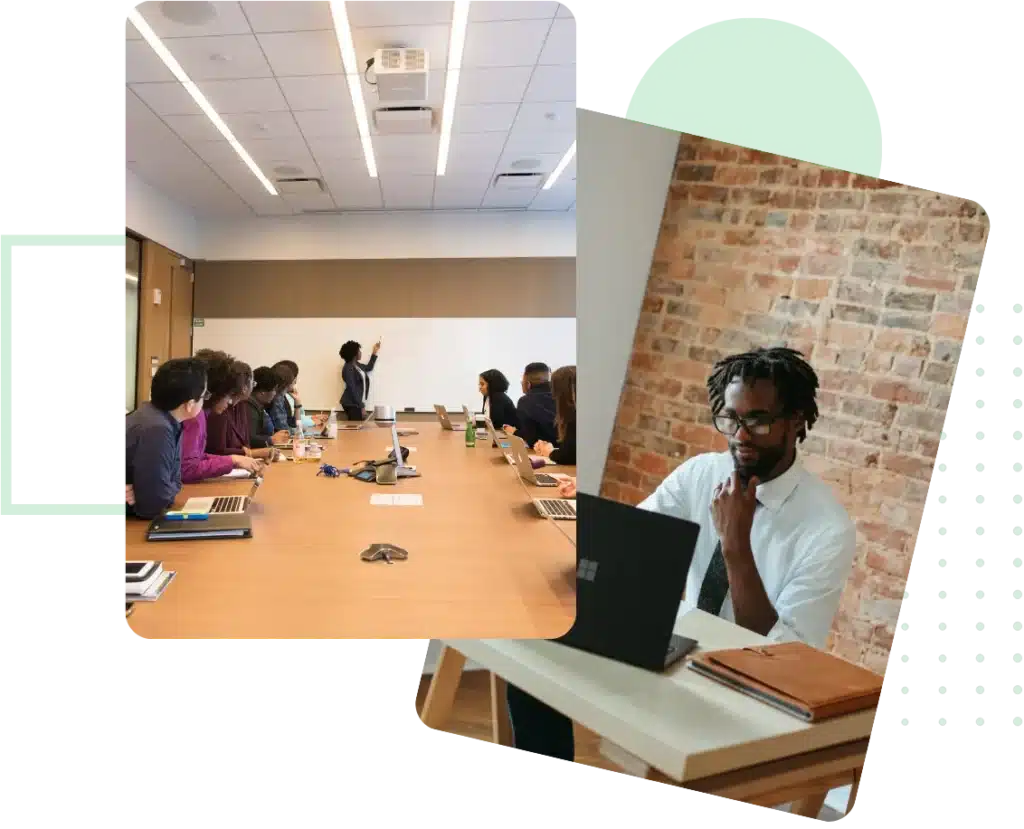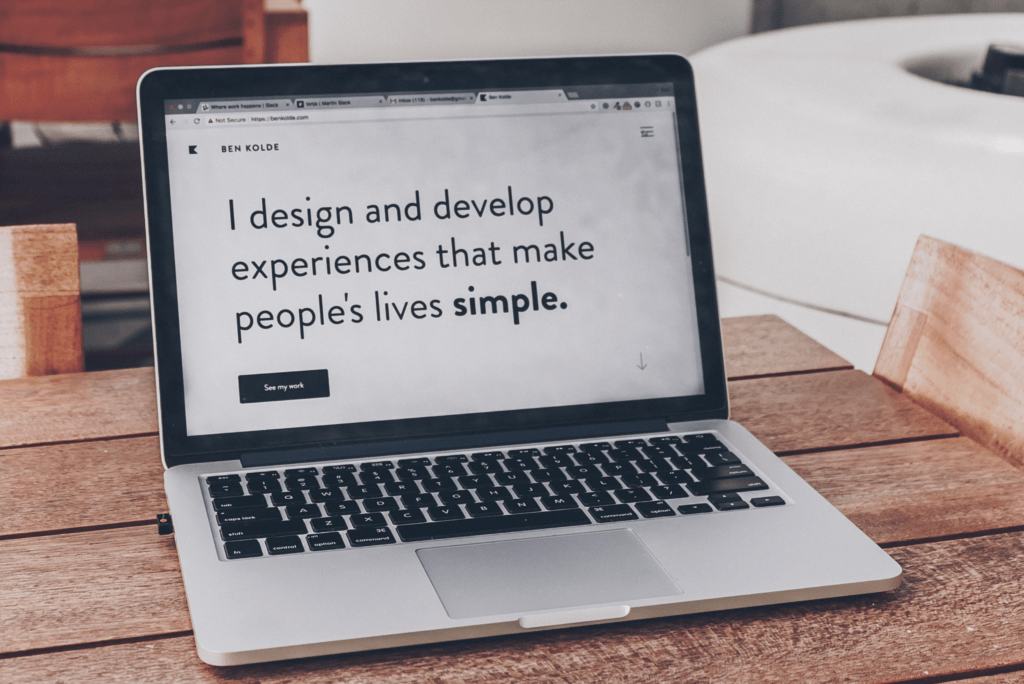Develop a
EFFECTIVE CLIENT CULTURE
This training will allow you to understand the stakes of customer satisfaction, the customer journey, and the elements of a successful customer experience.

DISCOVER OUR TRAINING
Objectives
- Understand how to promote awareness among business teams regarding their impact on the quality of service provided to the customer
- Learn how to establish and develop a true Customer Culture at all levels of the company
- Know how to identify moments of truth in the customer journey and use each interaction with the customer to develop their satisfaction.
Intra
Our in-house sessions allow you to customize the training to your specific context and challenges, with specific anchoring options.
Contact us for a proposal tailored to your needs.

Content
- 5 video sessions of 2 hours or 2 days in person
- 3 hours via e-learning modules before each session
Training access time: The training can start 8 days after the agreement is signed or the OPCO support agreement is received.
Customer reviews*
4.9/5 (427 reviews)
Success rate*
100%
* These indicators are updated each year using consolidated data from previous years.
Source of indicators: List of trained learners/knowledge validation quiz/training evaluation
Last updated figures: 15/05/2024










Program
Training schedule
A company's customer culture and its evaluation
- Template of key elements for customer satisfaction
- Customer culture assessment matrix
Practical activities:
- Assess your company's maturity on the keys to customer satisfaction
- Assess the level of maturity of your company in terms of customer culture
Methods for measuring customer satisfaction
- Customer satisfaction
- Collection and measurement methods
Practical activities:
- Prepare a satisfaction measurement system.
Levers for placing the customer at the center
- Customer centricity maturity matrix
- Template of levers for customer centricity
Practical activities:
- Assess your company's maturity on its customer centricity
- Determine the initiatives to undertake to improve your score on the levers
The customer journey and contact points
- The persona
- The pyramid of considerations
- The Customer Journey Design
Practical activities:
- Complete the Consideration Pyramid
- Define your customer journey
Customer experience and its improvement
- The design of the Customer Journey
- The customer experience wheel
After the training
- Knowledge validation questionnaire

Before each session
Participants complete the corresponding e-learning module.

During the session
The trainer facilitates with quizzes, individual or collaborative exercises, challenges, and role-playing.

After each session
Participants complete practical exercises relevant to their own context.
TRAINING MODALITIES
Public
Sales representatives, business developers, technical sales representatives, consultants, sales managers.
All our training courses are accessible to people with disabilities. Contact us for specific support tailored to your needs.
Prerequisites
A positioning questionnaire is sent before the start of the training to assess the level before entering the training.
Evaluation
At the end of the training, participants will receive a questionnaire to validate their learning and establish the extent to which the training objectives have been achieved.
The results of this questionnaire will be provided to the client at the end of the training, during a post-training follow-up meeting (debriefing).
MANY TRAINING COURSES AVAILABLE
Also discover
Training to build your persona, deploy a growth hacking strategy, track your leads, and optimize the marketing/sales process.
Training to improve customer segmentation, customer journey, and the development of a customer-centric culture within your company.



